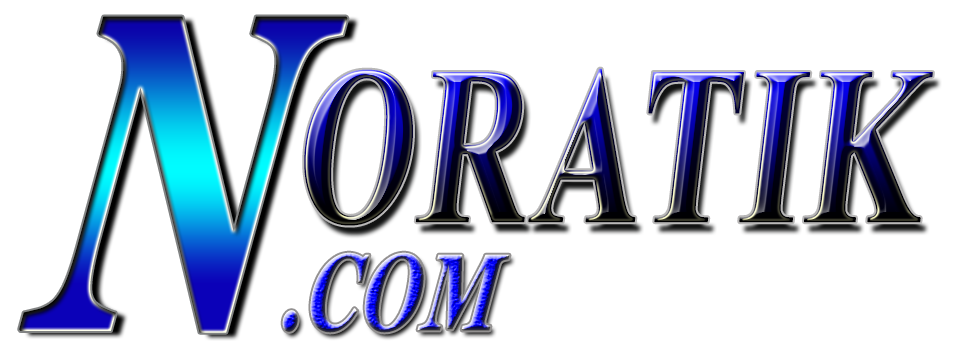Precision and Innovation: 3D Scanners for Reverse Engineering

Reverse engineering is a critical process in various industries, including manufacturing, automotive, aerospace, and design. It involves dissecting and analyzing existing products or components to understand their structure and functionality. To achieve accurate and efficient results in reverse engineering, 3D scanning technology plays a pivotal role. In this article, we’ll explore the world of 3D scanners designed specifically for reverse engineering applications.
1. Understanding Reverse Engineering
Read Also : Finding the Best Monitor Size for Gaming
Before delving into 3D scanners, let’s briefly understand the concept of reverse engineering. It involves the process of dismantling a physical object, capturing its design, and creating a 3D digital model that represents the object’s geometry, features, and specifications. This digital model serves as the foundation for further analysis, redesign, or replication.
2. The Role of 3D Scanners
Read Also : Mastering Scanning Excellence: A Guide to Epson Scanners
3D scanners are the primary tools used in reverse engineering. They capture the physical object’s shape and dimensions with exceptional precision and detail. These scanners use various technologies, such as laser scanning, structured light, or photogrammetry, to create a 3D point cloud or mesh of the object’s surface.
3. Key Features of 3D Scanners for Reverse Engineering
Read Also : Preserving Memories with Precision: A Guide to Photo Scanners
When selecting a 3D scanner for reverse engineering, several features are essential:
Accuracy and Precision:
- High accuracy is critical to ensure that the scanned model matches the original object’s dimensions and details accurately.
Speed and Efficiency:
- Efficient scanning is essential for productivity, especially when dealing with complex objects or large assemblies.
Point Cloud Density:
- A higher point cloud density results in a more detailed and accurate representation of the object’s surface.
Portability:
- Portable 3D scanners are valuable for on-site reverse engineering tasks.
Ease of Use:
- User-friendly software and interfaces simplify the scanning process and data processing.
4. Notable 3D Scanners for Reverse Engineering
Read Also : Capturing Artistry: A Guide to the Best Scanners for Artwork
Several 3D scanners excel in reverse engineering applications. Here are a few notable options:
a. Faro 3D Scanners:
- Faro offers a range of 3D scanners known for their precision and versatility in reverse engineering tasks.
b. Artec 3D Scanners:
- Artec scanners are known for their high-resolution scanning capabilities, making them suitable for capturing intricate details.
c. Creaform HandySCAN 3D:
- This portable scanner is celebrated for its speed and accuracy, making it an excellent choice for fieldwork.
5. Advantages of Using 3D Scanner for Reverse Engineering
Read Also : Scan with Confidence: The Best Scanners for Mac Users
Using 3D scanner for reverse engineering provides several advantages:
- Accuracy: 3D scanner capture precise measurements, reducing the margin of error in the reverse engineering process.
- Time Savings: They significantly expedite the data collection process compared to manual measurements.
- Complex Geometry: 3D scanners excel at capturing complex shapes and surfaces that would be challenging to measure manually.
3D scanner have revolutionized the field of reverse engineering by providing efficient, accurate, and detailed data capture. When choosing a 3D scanner for reverse engineering, consider factors such as accuracy, speed, point cloud density, and portability to ensure that it aligns with your specific needs. With the right scanner, you can streamline your reverse engineering projects, leading to improved product design and innovation in various industries.




























